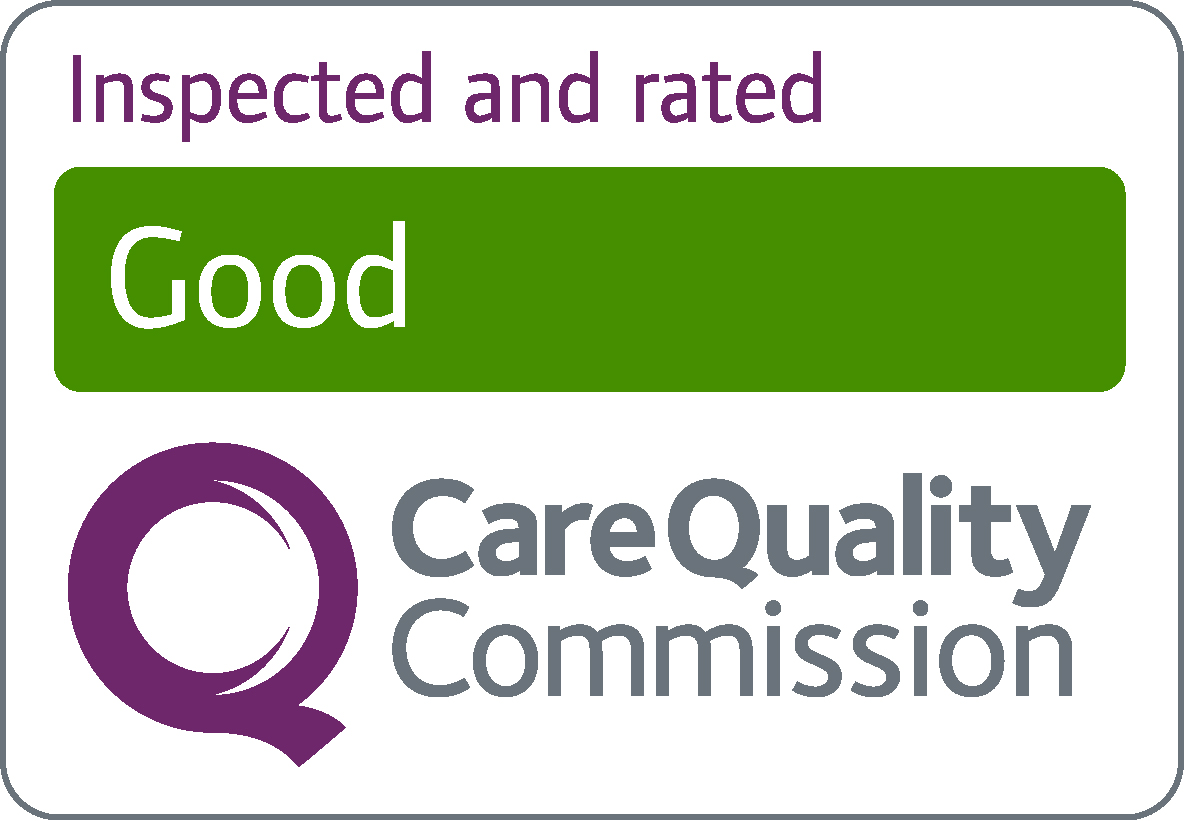Uveitis
It's important to get it treated early to avoid long-term complications such as vision loss and blindness. It usually gets better quickly with treatment but can come back over time.
Uveitis usually only affects one eye but can affect both.
Symptoms of uveitis can include:
- eye pain, which may feel worse when you're reading
- red or watery eyes
- reduced or blurred vision
- sensitivity to light
- lights in the corner of your eyes or dark spots (flashes and floaters)
You may get some or all of these symptoms.
Symptoms can develop quickly, in hours and days, or more gradually over weeks and months. Sometimes uveitis does not cause any symptoms.
Other conditions that cause similar symptoms include:
- glaucoma
- another type of infection or inflammation, such as conjunctivitis, keratitis or scleritis
- an eye injury
Ask for an urgent GP appointment or get help from NHS 111 if you have:
- pain in your eyes
- sensitivity to light
- changes in your vision, like flashing or blurring
- very red eyes (1 eye or both eyes)
You can call 111 or get help from 111 online.
In most cases the cause of uveitis is unknown.
However, there are some things that can cause uveitis. These include:
- some conditions that affect your immune system (autoimmune conditions) such as multiple sclerosis and ankylosing spondylitis
- some infections including the herpes simplex virus, the herpes zoster virus (which causes shingles) and toxoplasmosis
- an injury to your eye
- a growth in your eye (neoplasia) – but this is rare
If a GP thinks you have uveitis they'll refer you to an eye specialist (ophthalmologist). You'll usually be seen within 24 hours, so you can start treatment quickly.
Depending on what is causing your uveitis and how severe it is, you'll usually be prescribed a combination of medicines to:
- get rid of any infection
- reduce inflammation
- relax the eye and reduce pain
If your uveitis is very severe or keeps coming back, you may also be offered other treatments such as:
- medicines to reduce the activity of your immune system (immunosuppressants) and to reduce inflammation (tumour necrosis factor (TNF) inhibitors)
- light treatment (laser phototherapy)
- temporarily freezing part of the eye (cryotherapy)
- surgery on part of your eye
After you've started treatment, you'll be seen again by an ophthalmologist to:
- see how your treatment is working
- check for any side effects of treatment
- check for complications of uveitis, such as vision loss
